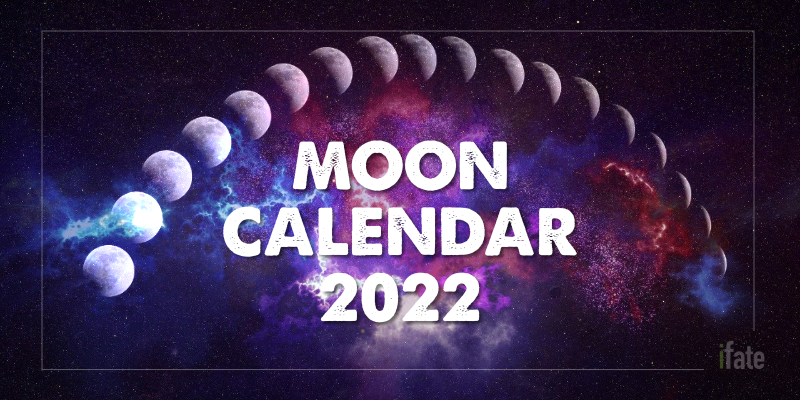UPDATED: This “Moon Calendar 2022” is a complete list of full moons and lunar events for 2022.
The 2022 Moon Calendar
Wondering when the next full moon will come? Check the following dates below for the exact time and date of each full moon for 2022.
We’ll cover everything from new moons, blue moons, blood moons, supermoons and lunar eclipses for 2022.
Let’s dive in.
If you’re looking for the moon phase on a specific date you can also find the moon phase for any day of the year.
January 17th: Full Moon
Folk names for the January full moon:
- “Wolf Moon”
- “Moon after Yule”
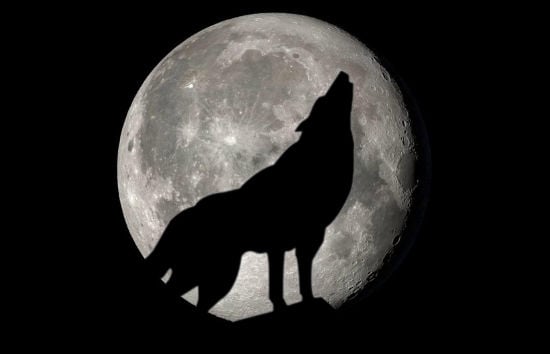
The first full moon of 2022 occurs on January 17th at 6:48m EST. This winter moon was known as a “Wolf Moon” by Native Americans because wolves would howl loudest at this time of year.
You can read about the first full moon of 2022 here.
Not sure what today’s moon phase is? You can find the moon phase for any day of the year right here.
February 1st: New Moon
The second new moon of 2022 occurs on February 1st at 12:46am EST.
February 16th: Full Moon
Folk names for the February full moon:
- “Snow moon”
- “Hunger moon”
The second full moon of 2022 occurs on February 16th at 11:56am EST. This moon was sometimes called a “Hunger moon” by Native Americans because food was scarcest at this time of year.
March 2nd: New Moon
The new moon will be at its darkest moon phase — with no “sliver” of moon visible at 12:35pm EST.
March 18th: Full Moon
Folk names for the March full moon:
- “Crow moon”
- “Worm moon”
- “Crust moon”
- “Sap moon”
The moon will be completely full on March 18th at 3:17pm EST. This third full moon of the year was important to many historic cultures and bore many names. Traditionally, the “Crow moon” is the full moon of March, and the last full moon of the winter. The name “Crow moon” indicates the return of crows after the long cold season.
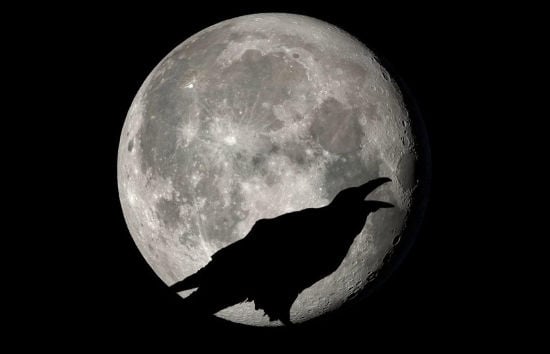
Likewise the name “Worm moon” indicates the return of worms to the warming earth. Further to the north, the term “Crust moon” was used to indicate the type of snow common in the Spring — which featured an icy crust on top from melting and refreezing.
The term “Sap moon” was used by American settlers to indicate the time of year when maple sap would begin to flow again.
April 1st: New Moon
On April 1, 2:24 am EST the new moon begins. The moon phase will be at its darkest, with no visible crescent.
April 16th: Full moon, Supermoon
Folk names for the April full moon:
- “Pink moon”
- “Egg moon”
This full moon will be the first of three “supermoons” in 2022. It will be full at 2:55pm EST. This full moon will appear larger than other full moons, relative to its position in the sky, because the full moon coincides with the Moon’s perigee.
DEFINITION: When the moon is full at the same moment the moon is at perigee or closest to the earth in its orbit, it’s called a “supermoon”. Supermoons appear larger because they are closer closer to the Earth during the full moon phase.
The April full moon was also called a “pink moon” by the Algonquin tribes of North America and by colonial settlers because of the pink flowers (wild ground phlox) which would appear at this time of the Spring, and seem to glow under the light of the full moon.

Wild ground phlox flowers, after which the “pink moon” is named.
Other North American tribes referred to the April moon as the “egg moon” because it coincided with birds nesting and laying eggs after the long winter.
April 30: New Moon
The new moon phase will begin on April 30th at 4:28pm EST and will be invisible in the night sky.
Wondering what today’s moon phase is? Here’s a fast way to look up the moon phase for any date.
May 16th: Full Moon, Supermoon, Blood Moon
Folk names for the May full moon:
- “Milk moon”
- “Flower moon”
- “Corn moon”
- “Hare’s moon”
The full moon will occur on May 16th at 12:14am EST. Because the moon will be full during its perigee (the point of its orbit where it is closest to the earth) it will appear larger than normal in the sky.
This moon features a blood moon or rare, total lunar eclipse!
The May full moon is also known as the “milk moon” in English and European cultures. The May full moon is called the “milk moon” is because cows would graze on fresh Spring grasses and flowers and begin to produce their best milk at this time of the year. The term “Flower moon” was used by Algonquin tribes because of the wildflowers which would bloom in May.
The term “Corn moon” was used by several Native American tribes because the May full moon indicated the best time to harvest corn.

Why do they call it a rabbit moon?
Lastly, the term “Hare’s moon” dates back to pagan times, when it was thought that the image of a hare could be seen among the craters of the moon. This observation is similar to the East Asian term “Rabbit moon” which also saw the pattern of moon craters as resembling a rabbit.
DEFINITION: When the moon is full at the same moment the moon is at perigee or closest to the earth in its orbit, it’s called a “supermoon”. Supermoons appear larger because they are closer closer to the Earth during the full moon phase.
This month there will be a total lunar eclipse, or a “blood moon”.
When the moon passes into the umbra of the earth, it takes on a reddish hue, and is usually still visible in the sky.
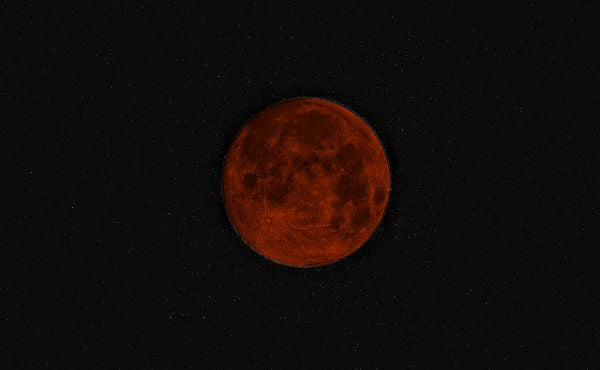
May 30th: New Moon
The new moon will begin at 7:30am EST and the moon will not be visible in the night sky.
June 14th: Full Moon, Supermoon
Folk names for the June full moon:
- “Honey moon”
- “Strawberry moon”
- “Rose moon”
The moon will be full on June 14th at 7:51am EST and will appear larger in the sky because it full at the moment of perigee, or the point it its orbit where the moon is closest to the earth.
The moon was called a “honey moon”, like the term honeymoon, by Europeans due to the custom of young couples getting married in the month of June. The term ‘honeymoon’ comes from the “honey moon”, or June full moon, and refers to the month of time spent together after the wedding.
Other names for the June full moon are the “Strawberry moon”, which comes from the June strawberry harvesting season and the “Rose moon” — which references June rose blossoms.
DEFINITION: When the moon is full at the same moment the moon is at perigee or closest to the earth in its orbit, it’s called a “supermoon”. Supermoons appear larger because they are closer closer to the Earth during the full moon phase.
June 28th: New Moon
The new moon in July will begin at 10:52pm EST marking the darkest point in the moon’s monthly cycle.
July 13th: Full Moon, Supermoon
Folk terms for the July full moon:
- “Thunder moon”
- “Buck moon”
- “Hay moon”
The July full moon phase begins on July 13th at 2:37pm EST. This seventh full moon of the year is often called the “Thunder moon” because of the thunderstorms common in July.
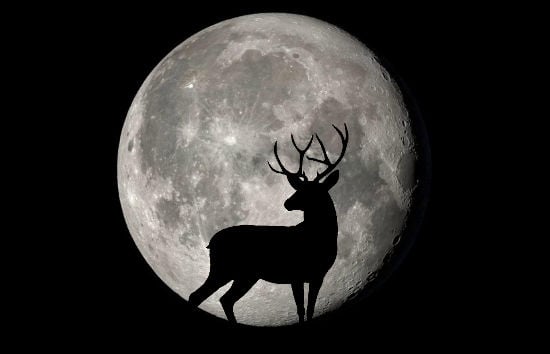
The July full moon is also sometimes called the “Buck moon” because July is the month when young male deer begin to grow their antlers.
American and European farmers would also refer to the July full moon as the “Hay moon” because it marks the time when cutting and baling hay begins.
July 28th: New Moon
The new moon will begin at 1:55pm EST marking the point when the moon will not be visible in the evening sky.
August 11th: Full Moon
Folk terms for the August full moon:
- “Sturgeon moon”
- “Grain Moon”
- “Green Corn Moon”
- “Fruit Moon”
- “Barley Moon”
The full “Sturgeon moon” will begin on August 11th at 9:35pm EST.
The moon was called a “sturgeon moon” due to the appearance of plentiful sturgeon in lakes and rivers. It was also given multiple names which reflected the late summer harvest of multiple crops from fruit to barley and other grains.
August 27th: New Moon
The new moon will begin at 4:17am EST marking the darkest point in the lunar cycle.
September 10th: Full Moon
Folk names for this moon:
- “Harvest moon”
- “Corn moon”
This full moon begins on September 10th at 5:59am EST.
The “Harvest moon” was the last full moon before the autumn season, and marked the time of the final harvest for corn and other crops. The term “corn moon” was also used by Native Americans for the last moon of the Summer season. (Not to be confused with the “green corn moon” which is an alternative name for the August full moon)
September 25th: New Moon
The new moon phase will start at 5:54pm EST, marking the time when the moon’s waning crescent will disappear from the night skies.
Need to find the moon phase for any date? iFate’s moon phase calendar has the moon phases for every date.
October 9th: Full Moon, Blood Moon
Folk names for the October full moon:
- “Hunters’ moon”
- “Blood moon”
- “Travel moon”
- “Dying Grass Moon”
The full moon phase will begin on October 9th at 4:54pm EST. The names “Hunters’ moon” and “Blood moon” both reference the annual autumn hunting season, when deer and other animals are fat and prime for hunting.

The term “Travel moon” was similarly used by Native Americans to describe the time when hunters would track migrating herds of animals over great distances. Other Native American tribes refer to the October moon as the “Dying grass moon”, as the green grasses of summer fade away to the tans and browns of the fall and winter season.
October 25th: New Moon
The new moon will start at 6:49am EST, marking the point in the lunar cycle when the moon’s visible face is completely dark when seen from Earth.
November 8th: Full Moon, Blood Moon
Folk names for the November full moon:
- “Beaver moon”,
- “Oak moon”
- “Mourning moon”
The full moon begins on November 8th at 6:02am EST. Historically the moon was referred to as a “Beaver moon” because November was the month for beaver trapping, before the rivers and streams froze over.
The term “Mourning moon” is important to Wiccan and pagan traditions, and accompanies a time of cleansing and memory.
This month there will be a total lunar eclipse, or a “blood moon”.
When the moon passes into the umbra of the earth, it takes on a reddish hue, and is usually still visible in the sky.

November 23rd: New Moon
The new moon phase begins at 5:59pm EST, as the waning crescent melts away and the moon disappears from sight in the evening sky.
December 7th: Full Moon
Folk names for the Demember full moon:
- “Cold moon”
- “Long night moon”
- “Moon before Yule”
The last full moon of the year arrives at 11:08pm EST. The folk names for this moon need little explanation, as the full moon arrives during the cold long nights of December — right before the Yuletide celebrations begin.
December 23rd: New Moon
The new moon phase begins at 5:17am EST, as the lunar cycle begins anew, and the face of the moon is covered completely in winter darkness.
Are there any blue moons in 2022?
No, there are no blue moons in 2022. This year, each season contains exactly 3 full moons with no extra full moons.
DEFINITION: A “blue moon” is an extra full moon which occurs in a single season. Typically there are 3 full moons in each of the year’s four seasons, with the third lunar cycle in each season marking the end of that season. But if a fourth full moon occurs in any season, the preceding (third) full moon is called a “blue moon” in order to prevent the season from ending early. In these cases, the season ends after the fourth moon cycle. Blue moons are rare events, occurring once every 2 to 3 years — hence the expression: “Once in a blue moon“. The term “blue moon” has nothing to do with the color of the moon. Proper names and folk names for a blue full moon are transferred to the fourth and final full moon of the season, hence a blue moon has no folk names. It is just a “blue moon”.
That’s it until our 2022 update! If you need to know the moon cycle today check our main moon phase page.



